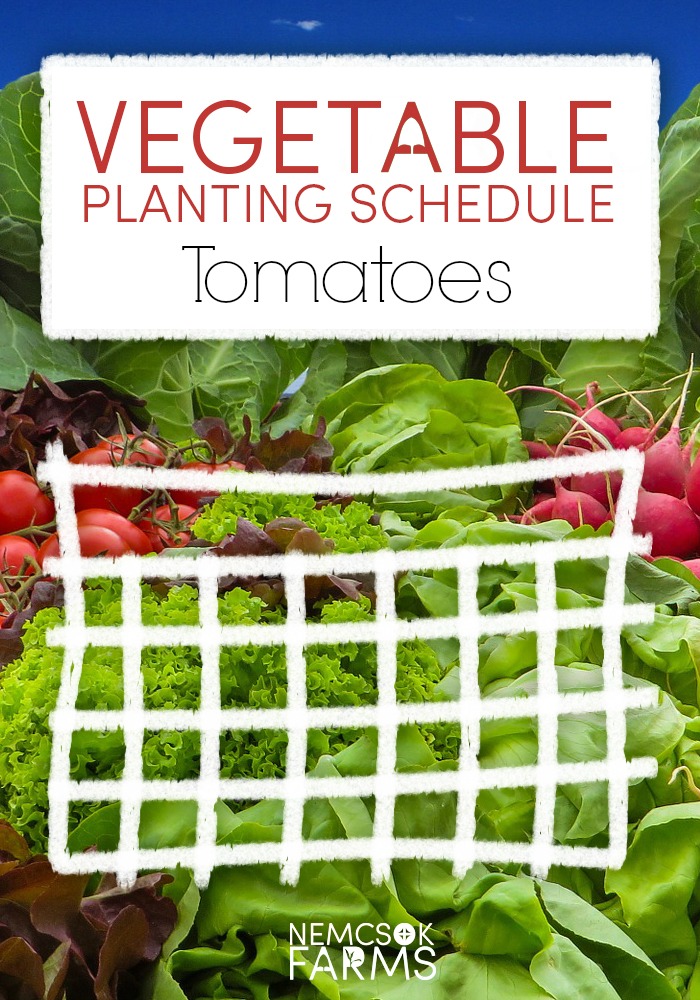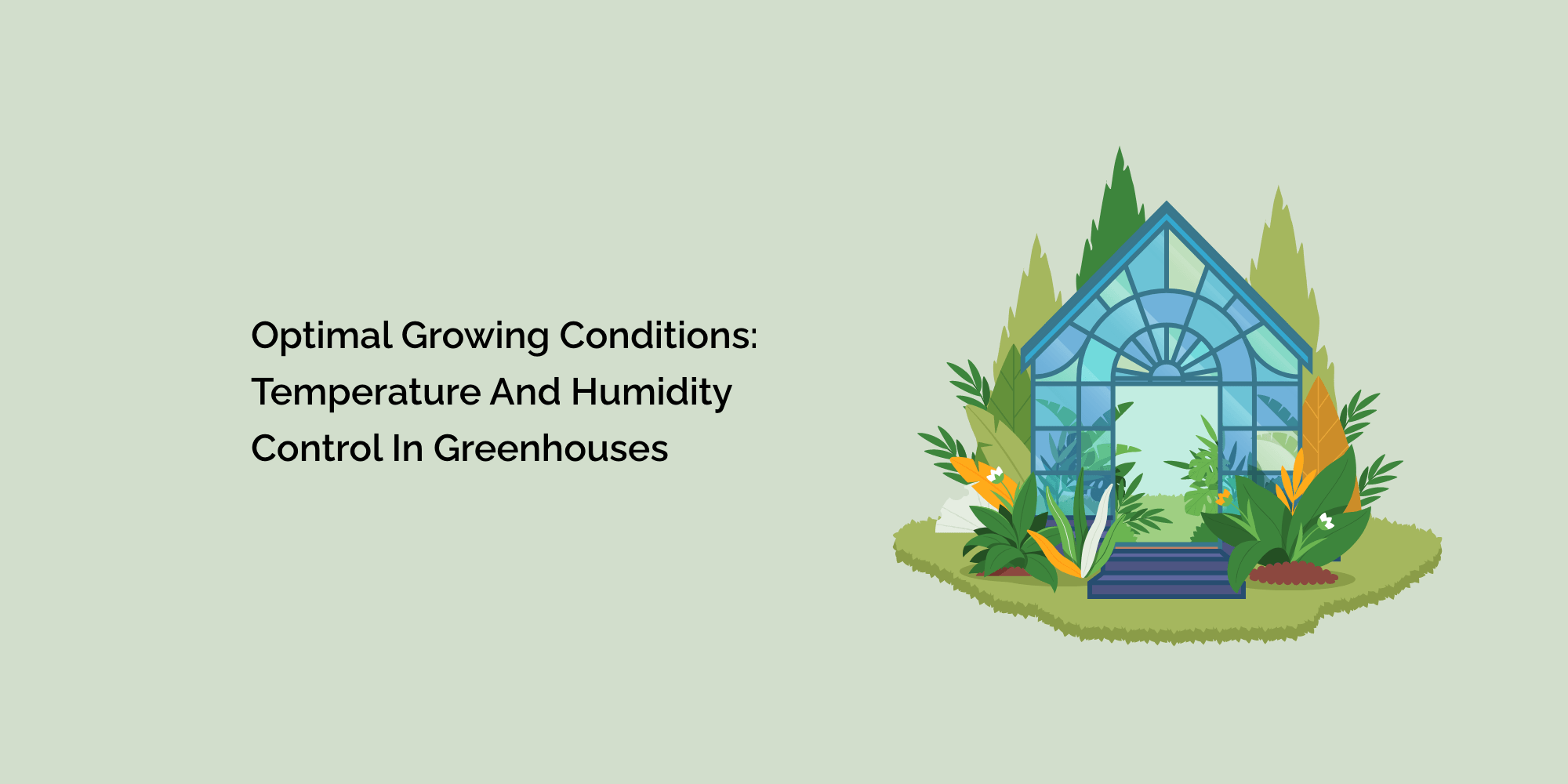How To Plant Tomatoes At The Best Time: A Comprehensive Guide

Imagine biting into a juicy, sun-ripened tomato fresh from your garden. The burst of flavor is unparalleled, and the satisfaction of growing your own produce is immense. But when is the best time to plant tomatoes in your region? Timing is everything in gardening, and understanding the optimal planting schedule can make or break your tomato harvest. Let's dive into the intricacies of tomato planting to ensure you reap the rewards of a bountiful harvest.
Understanding the Best Time to Plant Tomatoes in Your Region
The best time to plant tomatoes varies significantly depending on your geographical location. Climate plays a crucial role in determining the optimal growing conditions for your tomato plants. Let's break it down by region.
Northern Regions
In northern regions, where winters are harsh and summers are relatively short, the best time to plant tomatoes is typically late spring to early summer. This ensures that your tomato seedlings have enough time to grow and mature before the first frost. Aim to plant your tomatoes after the last frost date, which usually falls between late April and early June.
Southern Regions
In southern regions, where the climate is warmer and the growing season is longer, you can plant tomatoes earlier in the spring. The best time to plant tomatoes in these areas is generally from February to April. However, be cautious of late frosts, which can still occur in early spring.
Coastal Regions
Coastal regions often have milder winters and cooler summers, making the best time to plant tomatoes a bit more flexible. You can typically plant tomatoes from late winter to early spring, depending on your specific location. Keep an eye on the weather forecast to avoid any unexpected cold snaps.
Optimal Growing Conditions for Tomatoes
Tomatoes thrive in specific conditions, and understanding these can significantly enhance your gardening success. Here are some key factors to consider:
Soil Preparation
Tomatoes prefer well-drained, fertile soil with a pH between 6.0 and 6.8. Before planting, enrich your soil with compost or organic matter to provide the necessary nutrients. Ensure the soil is loose and well-aerated to promote root growth.
Sunlight Requirements
Tomatoes need plenty of sunlight to grow and produce fruit. Aim for at least 6-8 hours of direct sunlight per day. Choose a sunny spot in your garden that receives ample light throughout the day.
Watering and Fertilization
Consistent watering is crucial for tomato plants. Water deeply once or twice a week, ensuring the soil remains moist but not waterlogged. Use a balanced fertilizer to provide the necessary nutrients for healthy growth.
Tomato Planting Schedule: A Step-by-Step Guide
Now that you understand the best time to plant tomatoes in your region and the optimal growing conditions, let's dive into a step-by-step planting guide.
Step 1: Choose the Right Variety
Select tomato varieties that are well-suited to your region and growing conditions. Determinate varieties are compact and produce fruit over a shorter period, while indeterminate varieties grow continuously and produce fruit throughout the season.
Step 2: Start with Healthy Seedlings
Whether you start your tomatoes from seeds or purchase seedlings, ensure they are healthy and robust. Look for seedlings with strong stems, vibrant green leaves, and no signs of disease or pests.
Step 3: Prepare Your Planting Site
Choose a sunny location with well-drained soil. Dig a hole deep enough to accommodate the root ball of your seedling. Add a layer of compost or organic matter to the bottom of the hole to provide additional nutrients.
Step 4: Plant Your Tomato Seedlings
Gently remove the seedling from its container and place it in the hole. Fill the hole with soil, ensuring the stem is well-supported. Water the plant thoroughly to settle the soil around the roots.
Step 5: Provide Support
Tomato plants benefit from support structures like cages or stakes. This helps prevent the plants from toppling over under the weight of the fruit and promotes better air circulation, reducing the risk of disease.
Step 6: Mulch and Maintain
Apply a layer of organic mulch around the base of your tomato plants to retain moisture, suppress weeds, and regulate soil temperature. Regularly check for pests and diseases, and prune the plants as needed to encourage healthy growth.
Regional Gardening Tips for Tomato Success
Each region has its unique challenges and opportunities when it comes to tomato gardening. Here are some regional-specific tips to help you succeed:
Northern Regions
- Cold Protection: Use row covers or cloches to protect your tomato plants from unexpected cold snaps.
- Early Varieties: Choose early-maturing varieties that can produce fruit before the first frost.
Southern Regions
- Heat Tolerance: Select heat-tolerant varieties that can withstand the intense summer heat.
- Shade Cloth: Use shade cloth to protect your tomato plants from excessive heat and sunburn.
Coastal Regions
- Wind Protection: Provide windbreaks to protect your tomato plants from strong coastal winds.
- Fog Tolerance: Choose varieties that are tolerant of cool, foggy conditions.
Conclusion
Planting tomatoes at the best time in your region is crucial for a successful harvest. By understanding the optimal growing conditions, following a detailed planting schedule, and tailoring your gardening practices to your specific region, you can enjoy the rewards of homegrown tomatoes. So, when is the best time to plant tomatoes in your region? The answer lies in your climate and a bit of careful planning. Happy gardening!
FAQs
1. What is the best time to plant tomatoes in the Northeast?
In the Northeast, the best time to plant tomatoes is typically from late April to early June, after the last frost date. This ensures your plants have enough time to grow and mature before the first frost in the fall.
2. How do I know if my soil is suitable for tomatoes?
Tomatoes prefer well-drained, fertile soil with a pH between 6.0 and 6.8. You can test your soil's pH using a home testing kit or by sending a sample to a local cooperative extension service. Enrich your soil with compost or organic matter to provide the necessary nutrients.
3. Can I grow tomatoes in containers?
Yes, tomatoes can be grown successfully in containers. Choose a container that is at least 18 inches deep and wide to accommodate the root system. Use a well-draining potting mix and ensure the container has adequate drainage holes.
4. How often should I water my tomato plants?
Tomato plants need consistent watering. Aim to water deeply once or twice a week, ensuring the soil remains moist but not waterlogged. Adjust the watering frequency based on weather conditions and soil moisture levels.
5. What are some common pests and diseases that affect tomato plants?
Common pests and diseases that affect tomato plants include tomato hornworms, aphids, blight, and fusarium wilt. Regularly inspect your plants for signs of pests and diseases, and take appropriate measures to control them, such as using organic pesticides or practicing good garden hygiene.


0 Response to "How To Plant Tomatoes At The Best Time: A Comprehensive Guide"
Post a Comment